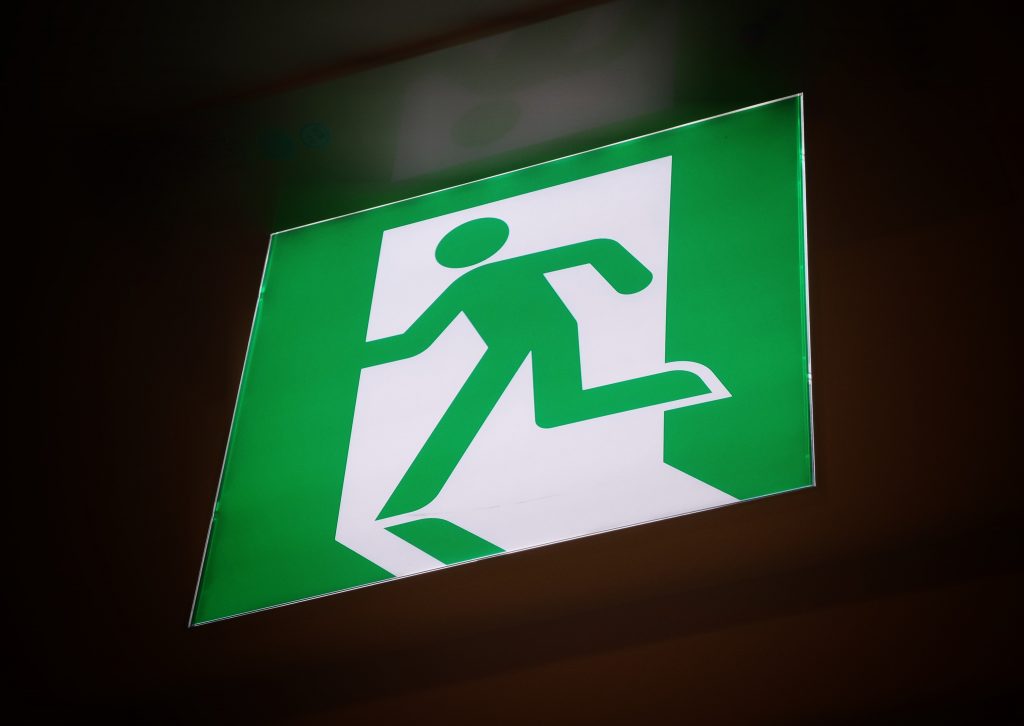Class Hours: 10:05 – 2:40
Mr. Cronin
I won’t be at Back to School night tonight, I am going to spend my energy in class. Yesterday I went to bed at around 5. I can’t imagine being here from 6-7:30. I would die. I am happy to setup individual visits with families during the 8-10 AM time to show off your work and the space. The room tonight WILL be open so you can come in and show them everything… but me. Say hey to Mr. Bohmann in CAWD2!
Notes
- Tonight is the CTE Back to School Night: 6:00 – 7:30 This will provide families and students an opportunity to meet with teachers and tour their programs and classrooms. EHS will also be holding their Open House that evening.
- Again we are having a slightly different slate of activities today as I am trying to remove the reading, just to save energy. I just haven’t made a huge amount of progress on getting better.
10:05 Attendance
10:10 OBS Install

- Setting up the screen-cast software
- Changing a setting to make sure it makes mp4 files
10:15 Fire Drill

- Go to rally location quick for attendance
- Come back in quick as we are doing new content before break!
10:30 Blender
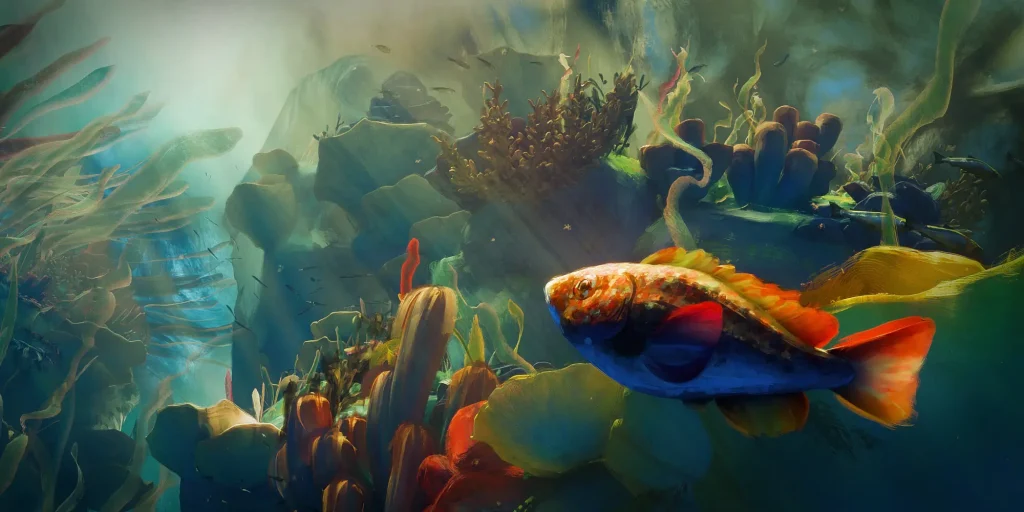
- Depth of Field in Blender
- Low Depth of field to bring attention to something specific you choose
10:50 Morning Break (10 minutes)

11:00 English

11:55 Blender

- Creating glowing / neon sign like a neon sign
- Using a PBR for the wall
- Recording the process using using OBS
- Friday morning we will speed it up in a time-lapse in Premiere
12:25 Lunch
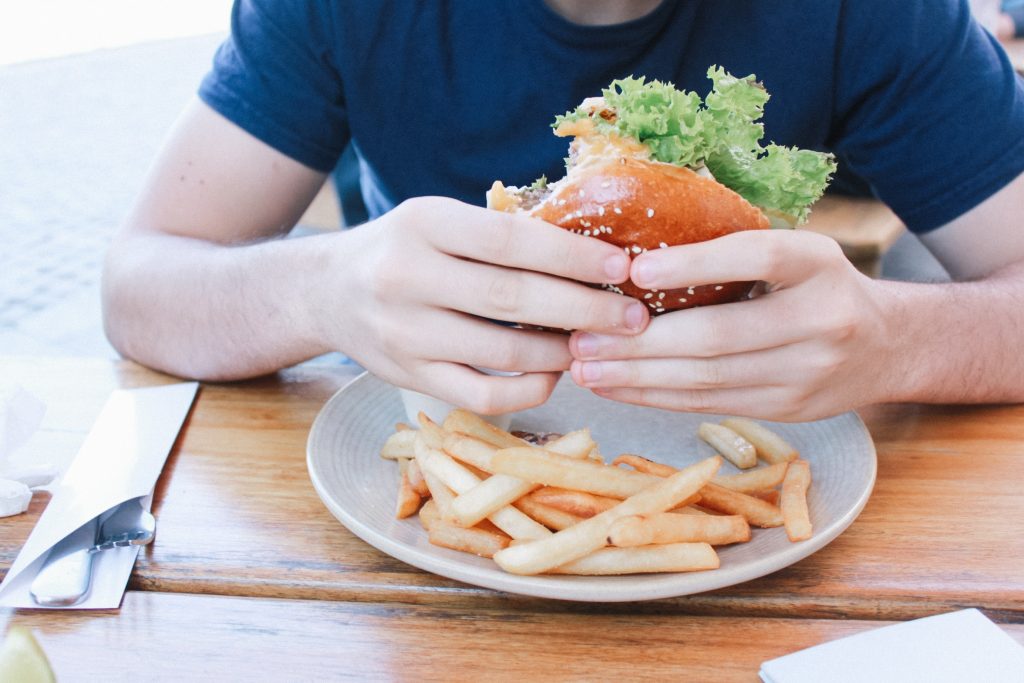
- No food in the room / eat in the Cafe.
- You are welcome to return to the room when you have finished eating and work / hang out.
12:55 Attendance
1:00 Blender

- Review of Depth of Field
1:20 Afternoon Break (10 minutes)

1:30 Speed Design
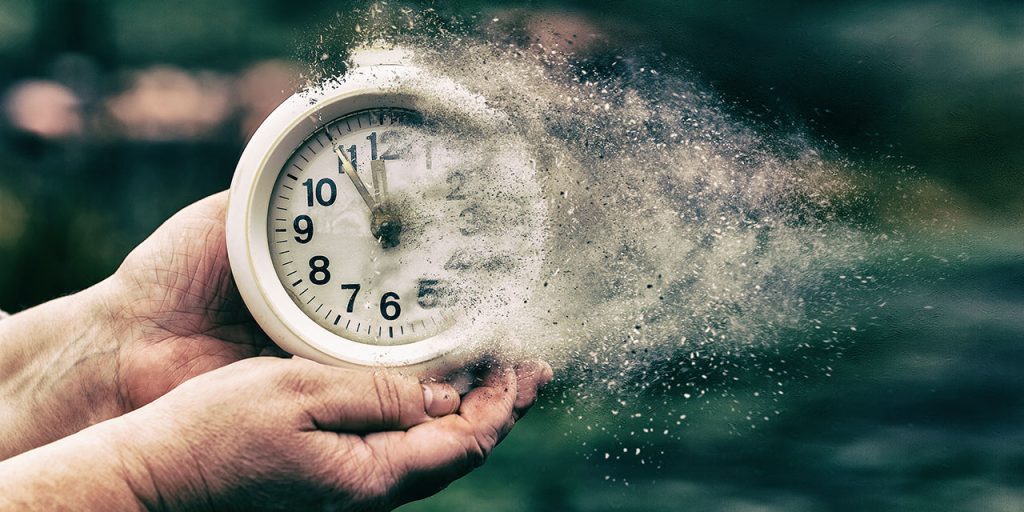
Speed Designs are 10 minute sprints in CAWD where we practice. It could be any medium – 3D, 2D, video, programming, etc.
1:45 Afternoon Practice & Production

Power Cell
- lastNamePowerCell_1.jpg through lastNamePowerCell_3.jpg.
Design Homework 3 – Futuristic Power Cell x 4
- lastNameDH_3.jpg
Week 3 Agency
- lastNameAgency_1.jpg through lastNameAgency_3.jpg
2:15 Dailies
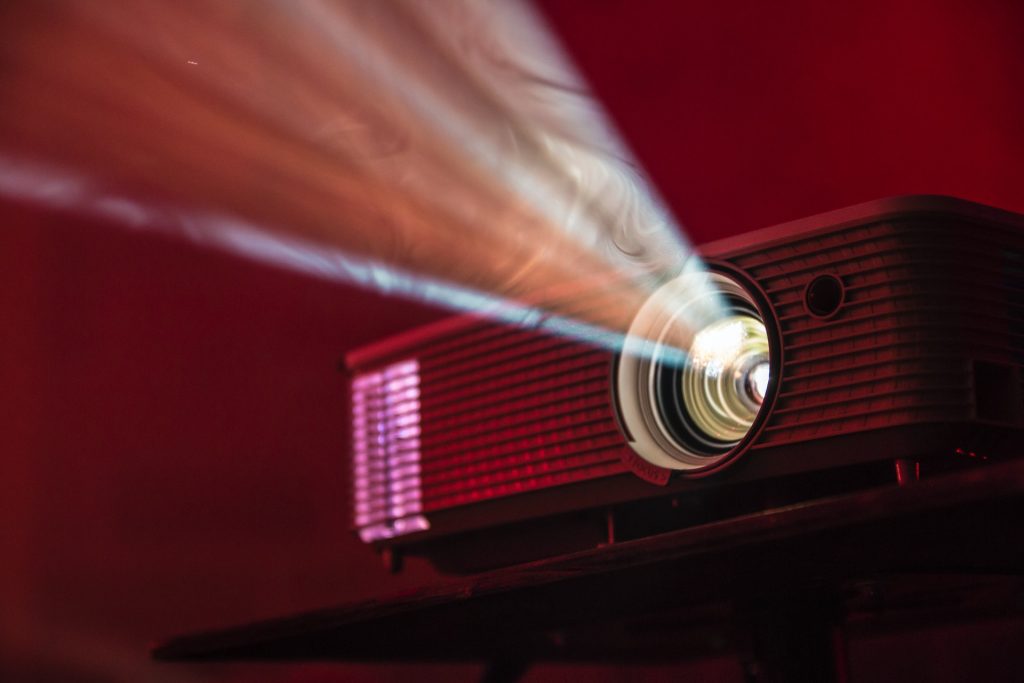
2:20 “19 Minutes”

4 of 5 days per week we will end our day in CAWD with the “19 Minutes” of silent reading. Closing down our day with silent reading provides many benefits:
- Improve Literacy Skills / Reading Stamina
- Create space for a small reading meditation where we can disconnect from the world and get lost in a story
- Unplug
At 2:39 each day I will come to 3 students and ask for a 1 sentence explanation of what happened in your story over that day’s reading session. It is neat to hear little pockets of a story, here and there.
2:40 Dismissal
